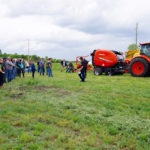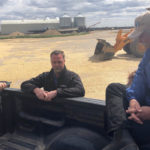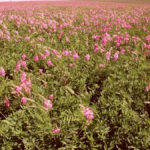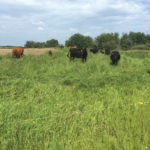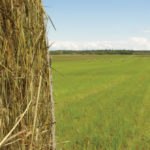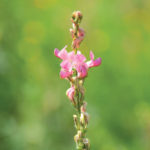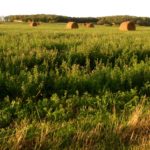If you think you’ve packed that silage enough, pack it again. That’s among the tidbits from John McKinnon of JJM Nutrition Services in Saskatoon as Manitoba farmers prepare for what’s potentially another bad forage year. Late rains, a delayed or even skipped first hay cut, thin stands, frosts and a generally cold spring all have […] Read more



